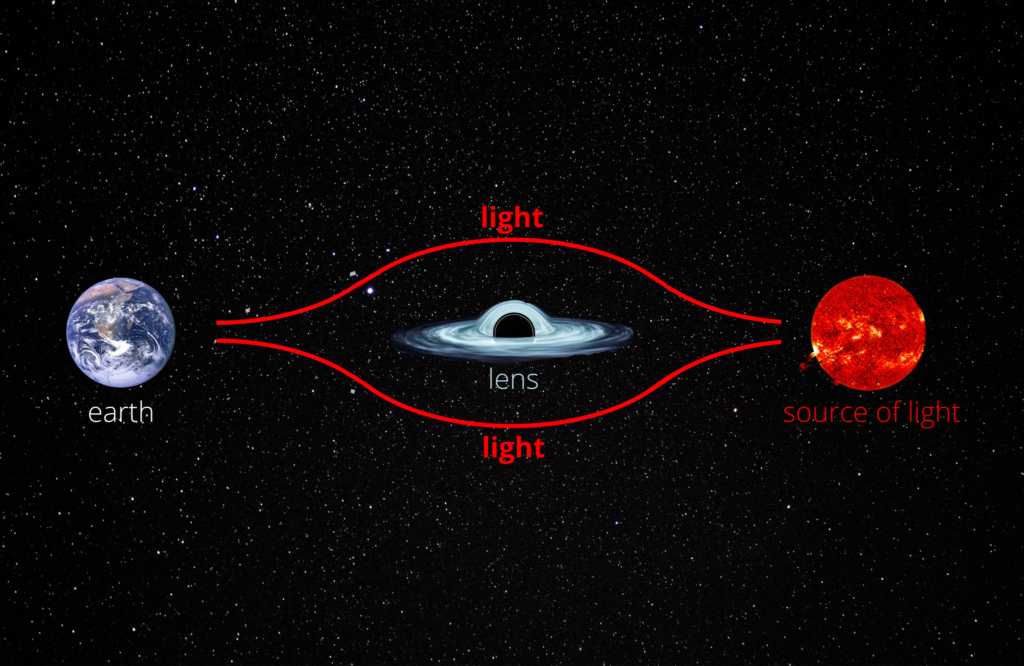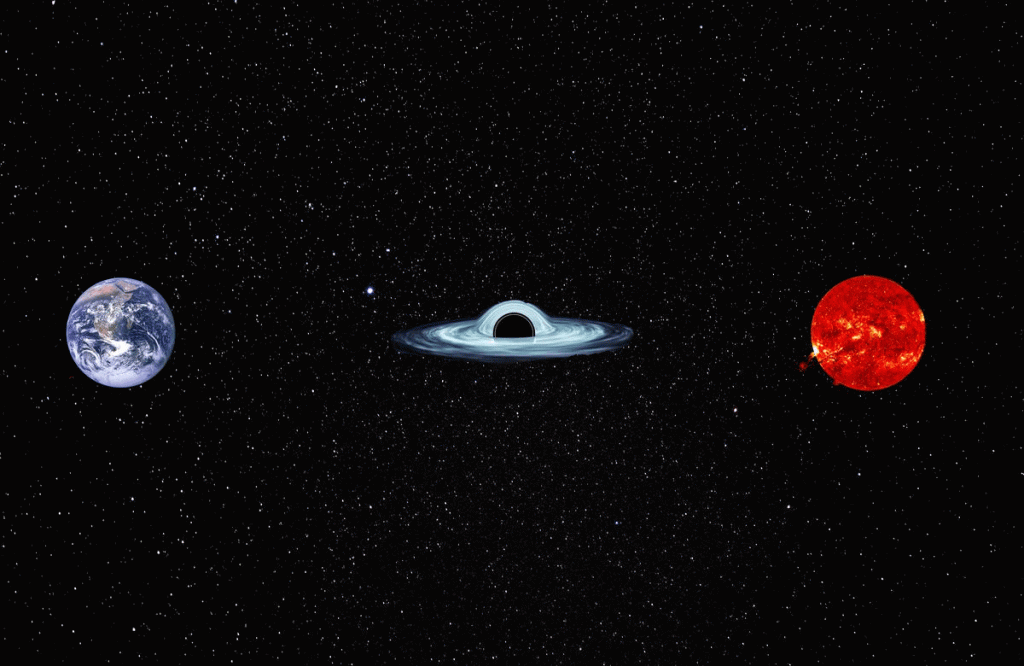Gravitational Microlensing
Gaia is a perfect and unique tool for studying gravitational microlensing events – a very rare cosmic coincidences when a background star is lensed by a foreground object. In particular, lone black holes in the Galaxy can be discovered with Gaia’s superb astrometry and photometry.
Black Holes
Only a few dozens of stellar-mass black holes are known in the Milky Way. Gaia’s discoveries can change that and supplement the hectic picture of known black holes with new examples of those illusive and fascinating objects. Each new case is going to be special and will allow studying the laws of physics in the most extreme conditions!
Time-domain astronomy
The Universe is constantly varying, if you look closely and for long enough! Objects changing in time allow for new insight into stellar astrophysics and lead to discoveries of new types of objects and structures in the Galaxy and beyond. Gaia is an ultimate all-sky survey, monitoring nearly 2 billion stars since 2014 and providing hundreds of measurements per object. Moreover, Gaia observations are rich with data, including position, brightness, colour, energy distribution and spectrum with each measurement!
Follow-up network
Nobody is perfect, even Gaia. The all-sky survey still needs support from the ground. In particular, Gaia’s Science Alerts, which report on dozens of transient phenomena every day, require rapid follow-up observations. One telescope is not enough for such a task so we use one hundred of telescopes from all-around the globe! Including our old friend, Ostrowik Observatory near Warsaw.
Light Bending

Gravitational Lensing

False Image
